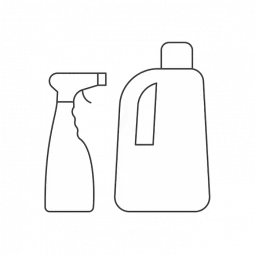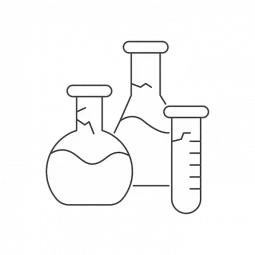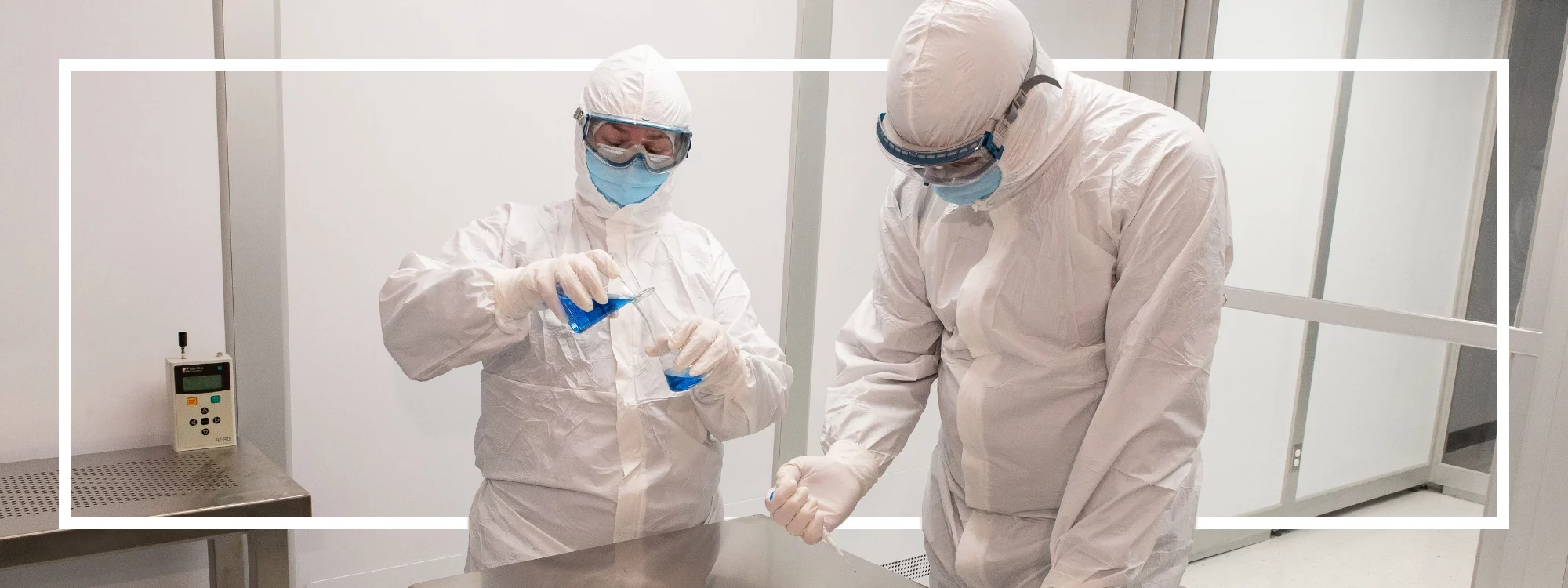A cleanroom ISO class defines the level of cleanliness a container or room should comply with. Cleanroom classifications range from ISO 1 being the cleanest class to ISO 9 being the least clean class.
Cleanrooms are carefully controlled environments where pollens, dust, dirt, and microorganisms are filtered out in order to provide a sterile environment. Cleanroom facilities are designed to meet standardized criteria so that organizations can better maintain the integrity of their production processes.
As contained spaces where procedures are specifically made to reduce particulate contamination and other environmental variables, cleanrooms include the following controlled elements:
Cleanroom classifications, or levels, depend on the degree of cleanliness the application requires, which is marked by particulate count and size. As a process becomes less critical, larger quantities of particles are allowed to flow freely, making the numerical classification of the cleanroom higher.
Once the cleanroom classification is defined, there are many requirements and procedures that must be followed to mitigate the risk of cleanroom contamination.
There are many sources of contamination that could potentially affect the integrity of a controlled environment, those who operate within it, and the final product an organization is working on. A few sources of contamination include:




Humans
A cleanroom’s most prevalent source of contamination is, without a doubt, humans. Even a regularly bathed human can shed hundreds of thousands of dead skin cells every hour. Cleanroom suits are designed to act as a filter by trapping particles that are naturally shed, such as hair, skin cells, deodorant, makeup, and so much more.
Particulates
Airborne fibers and small particulates move unpredictably, making them a key source of cleanroom contamination.
Liquids
Mishandled liquids can contaminate your cleanroom, and often require aqueous solutions to ensure effective cleaning of all surfaces.
Equipment
A cleanroom facility may not be an obvious source of contaminants, but even ceilings, floors, walls, and equipment can pose issues if not properly maintained.
Cleanroom construction and installation are determined by ISO classification.
Depending on particulate counts and required cleanroom PPE, certain parameters must be met within ISO level classes, ranging from least clean cleanroom, ISO 8, to cleanest cleanroom, ISO 1.
Though requirements may differ among the classification levels, reduction of internal and external contamination is key.
Cleanroom apparel packaging should be designed to reduce excursions. Garment integrity is critical for maintaining a safe and controlled environment. The packaging itself should be designed to:
Another significant way to maintain clean and sterile garments is through Good Manufacturing Practices (cGMP). Purchasing cleanroom suits that are constructed in a clean manufacturing facility helps reduce the particulate count introduced to your environment.

Pharmacy and Compounding
Considering the range of drugs and compounds that are being created in these facilities, it’s critical to protect your employees and product from exposure and contamination. Pharmaceutical compounding cleanrooms must sustain distinct air pressure filtration and particulate control to preserve the integrity of the produced medications.
Look for cleanroom apparel that offers higher bacterial and particle filtration efficiencies for maximum protection.
Cannabis Cultivation
During cannabis cultivation, operators must be concerned with controlling contamination from pollen, as well as other viable and nonviable agents.
Cannabis cultivation requires controlled temperature, humidity, and protection against airborne contaminants like mold and insects. Choosing cleanroom garments with low-linting microporous laminate film can help reduce transfer of these contamination sources to your product.
Microelectronics
For semiconductors and microelectronics, electrostatic charge is a major cause of product failure. Controlling electrostatic discharge can eliminate product damage and the potential malfunction of associated equipment.
Biotechnology and Life Sciences
Due to the sensitive organic and medical applications studied and built in these highly regulated environments, the right cleanroom garment is more important than ever in biotech and medical device labs.
To accommodate clinical research and product development, all components must remain free of contamination. Bound seams provide additional protection against the introduction of contaminants to an environment, and Lakeland CleanMax features 7-8 stitches per inch for greater reinforcement.
Lakeland’s CleanMax garments have been specially designed to be donned, doffed, and disposed of in a way that helps mitigate the risk of cleanroom contamination.
A cleanroom ISO class defines the level of cleanliness a container or room should comply with. Cleanroom classifications range from ISO 1 being the cleanest class to ISO 9 being the least clean class.